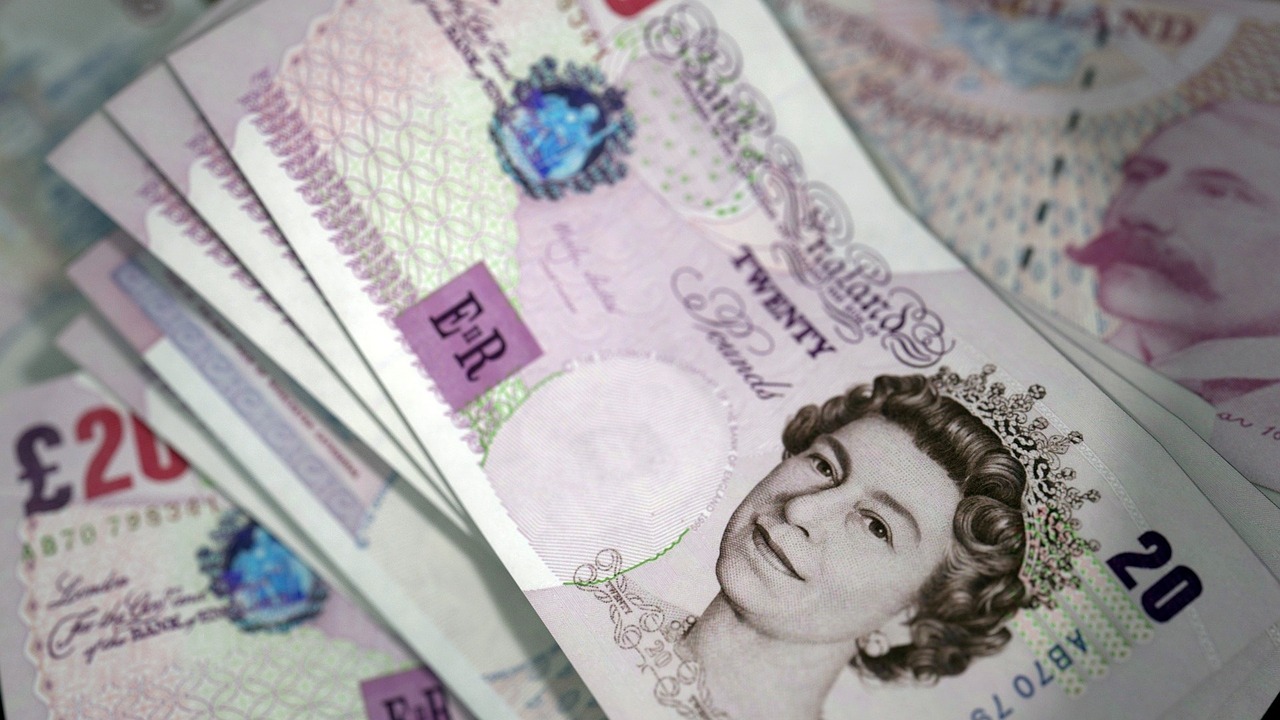The US Dollar Index weakness continued throughout January heading to a six month low and finding support around 101.33.
One of the main drivers of this dollar weakness since September 2022 has been the ease of financial conditions with a less hawkish Fed planning to ease the pace of rising interest rates due to a cooling off in inflationary levels.
The greenback weakness has played in favor of the Euro, which is currently at its highest price since April ‘22. The rise in the euro over the past months seems to have been highly fueled by a still hawkish ECB that makes us nearly forget about a eurozone that not so long ago was living the specter of parity.
Over the past week the steep upward move found resistance at 1.09 and although the fundamentals seems to support a further increase, from a technical standpoint a retracement shouldn’t surprise Euro speculators.
The British Pound as well had a stronger than anticipated rally since last September. During the last week sterling bulls found resistance at a major daily level retracing from 1.2446 at market opening.
From a technical point of view both the major currencies are showing signs of exhaustion in their rallies, with GBP/USD looking more vulnerable upon the BoE having to take into account recession fears.
The US Dollar weakness together with the expectations of a less hawkish rate hike from the Fed is keeping gold at the highest level since last April ‘22.
XAU/USD found resistance at 1950 over the last trading week and just as per the two major pairs discussed above, the next week’s economic decision might determine the continuation to the upside or a retracement to the previous support at 1900 of the safe haven asset.
The Bank of Canada last Wednesday raised interest rates by 25 basis points signaling a likely pause in the tightening, it is the first central bank in the G10 economy to send a message of a less hawkish policy and the market believes the Fed could take a similar approach next week.
Recent economic data on core inflation and job claims have supported the consensus for a 25 basis point increase in the next FOMC meeting next Wednesday Feb. 1st, with for BoE and ECB on Thursday is expected a hike of 50 basis points in line with a more cautious approach.
Overall last week we have seen traders holding onto the levels reached in preparation for the week ahead when a major role will be played by the interest rate decisions from the Fed, the BoE and the ECB.




